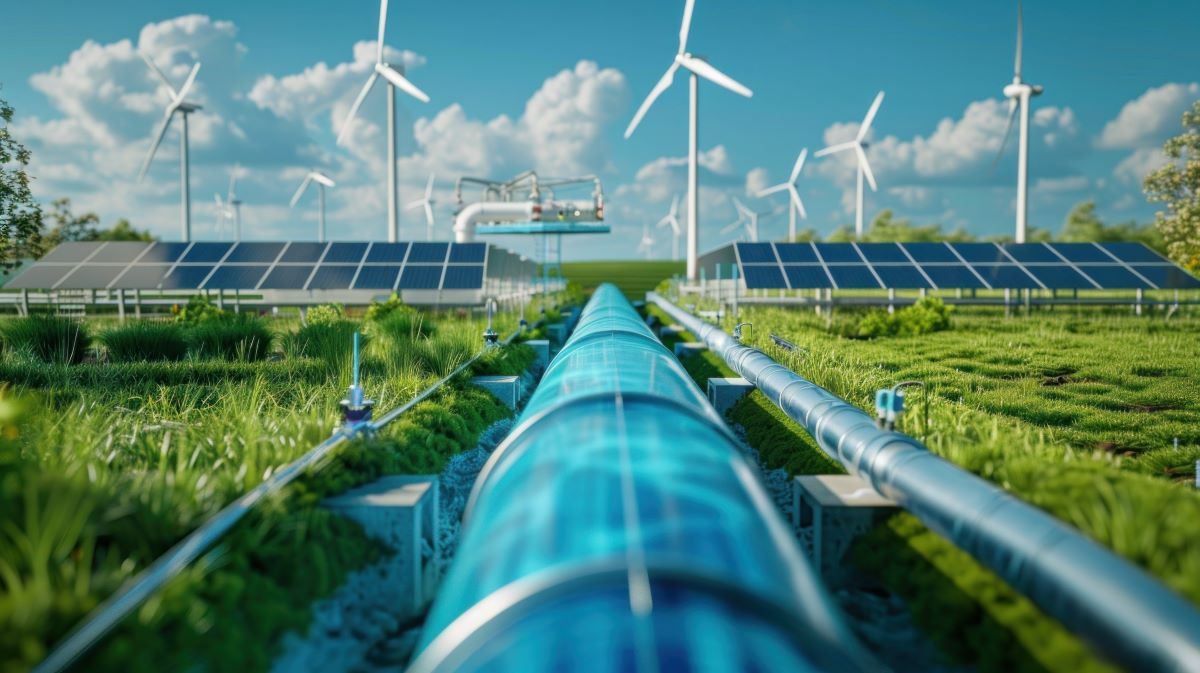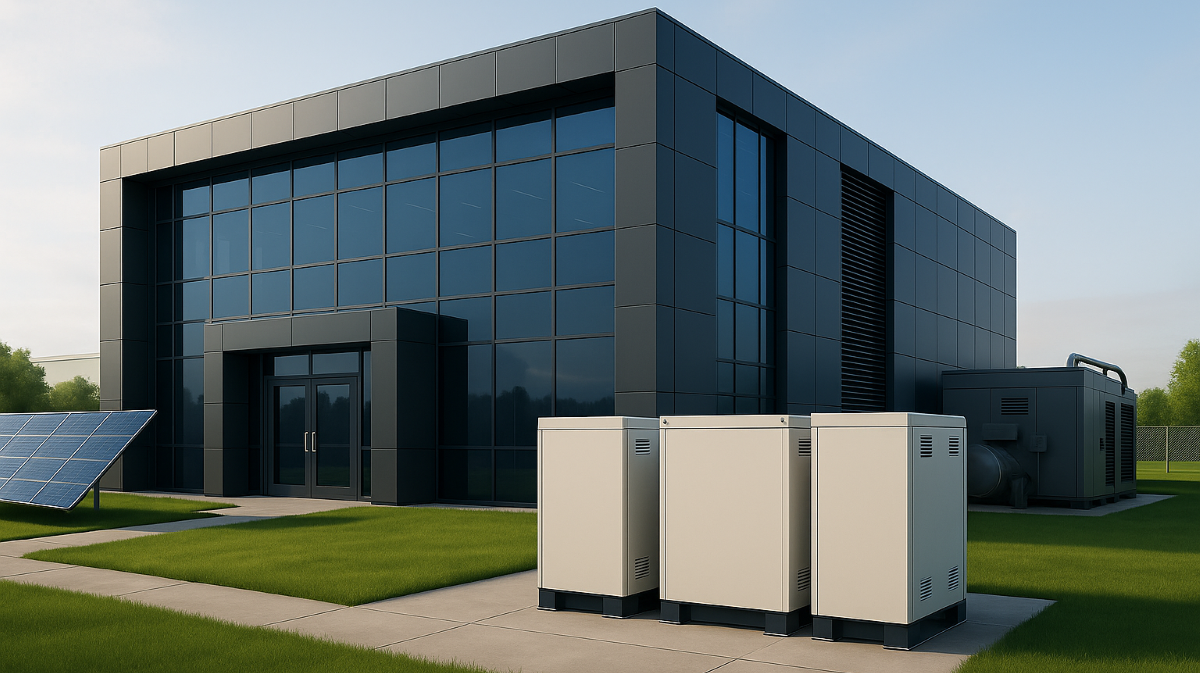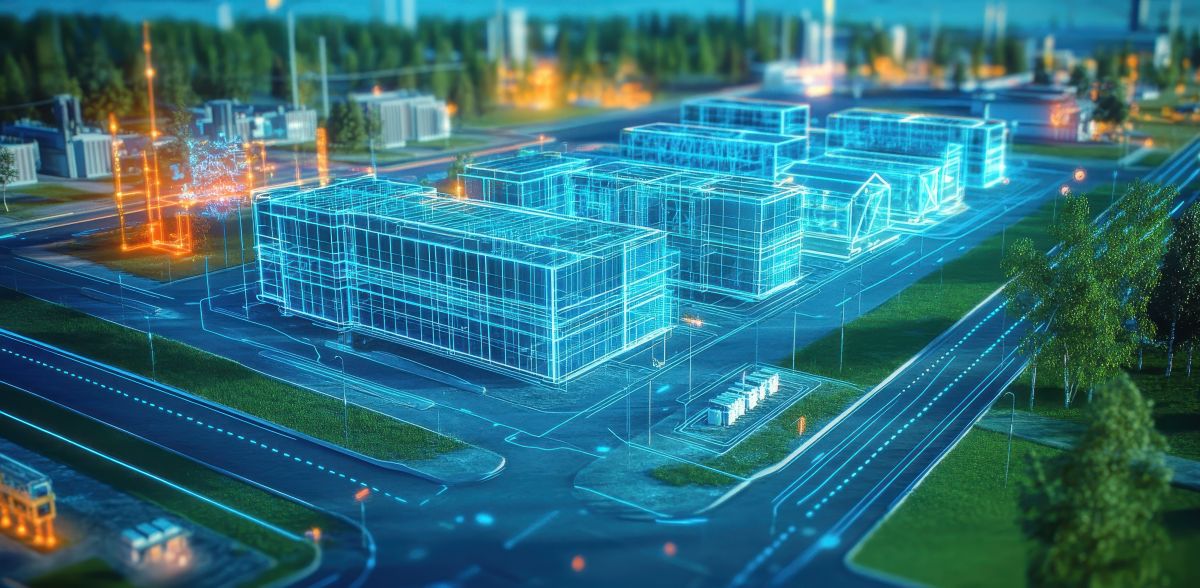Microgrids: The Future of Sustainable, Resilient Energy Solutions
Organizations operating in energy-critical environments—from hospitals and data centers to remote resorts and manufacturing plants—are navigating an increasingly unstable energy landscape. Rising demand, extreme weather events, and escalating decarbonization goals are driving the need for more resilient, cost-effective, and sustainable energy systems. In response, more enterprises are turning to microgrids as a strategic solution.
Logic20/20 partners with organizations to design and implement advanced microgrid systems that address the full spectrum of energy priorities: reliability, sustainability, and operational efficiency. Our experience spans high-capacity deployments—including projects exceeding 400 megawatts in renewable capacity—offering unique insights into distributed energy resource integration and grid stability at scale.
Introduction to microgrids
A microgrid is a self-contained energy system that can operate independently or alongside the traditional power grid. It brings together local generation, energy storage, and intelligent controls to deliver electricity where and when it’s needed most. In environments where uptime and reliability are critical, microgrids offer a flexible, resilient energy solution that reduces long-term costs while supporting sustainability goals.

Microgrid power sources
Because microgrids draw power from a combination of on-site and external sources, they have the flexibility to operate independently or in coordination with the main utility grid. At the heart of many microgrid systems are distributed energy resources (DERs)—local generation assets that supply energy directly to the facilities they serve.
Common power sources for microgrids include:
Hydrogen and fuel cells, which are emerging as long-duration storage options in advanced systems

Energy storage
Energy storage plays a pivotal role in maximizing the value and reliability of a microgrid. By capturing energy during periods of surplus and supplying it when demand rises or disruptions occur, storage enables stable, uninterrupted power delivery—especially when relying on intermittent renewable generation.
Storage supports real-time optimization and enables microgrids to maintain seamless transitions between grid-connected and islanded modes. An effective storage strategy depends on the site’s energy profile, resilience goals, and broader system architecture.
Microgrid Insights

Microgrids: Transforming energy resilience and cost efficiency
How microgrids boost reliability and reduce costs across energy-critical environments

How microgrids enhance resilience in producing green hydrogen
The role of microgrids in powering green hydrogen and advancing decarbonization goals

How microgrids are reshaping energy strategies for data centers
Comparing how microgrids and DERMS support energy resilience in data center operations
Off-grid microgrids
Off-grid microgrids operate independently from the traditional utility grid, which makes them essential for locations where grid access is limited, unreliable, or unavailable. These systems support critical operations in healthcare, hospitality, manufacturing, and other industries in which uninterrupted power is essential.
Because they must function autonomously, off-grid microgrids require robust system design and advanced control strategies. They often include a mix of renewable energy sources, battery storage, and backup generation to maintain stable operations across diverse weather and load conditions.
Advanced microgrids
Advanced microgrids go beyond basic energy generation and backup. These systems integrate advanced sensors, automated controls, and predictive analytics to dynamically manage energy use, optimize performance, and adapt to shifting conditions. The result is a more intelligent, flexible, and resilient energy infrastructure.
Key features of advanced microgrids often include:
Automated control systems
that monitor and adjust generation, storage, and load in real time.
Integration with DERMS
which coordinate the performance of distributed assets across multiple sites or facilities.
Data-driven decision making
powered by analytics platforms that track usage patterns and forecast demand.
Support for long-duration storage
and emerging technologies like hydrogen, fuel cells, and advanced inverters.
Microgrid design and implementation
Designing and implementing an effective microgrid requires more than assembling components. It demands a strategy built around the unique energy needs, infrastructure, and operational priorities of each site. Successful projects begin with a deep understanding of how power will be generated, stored, controlled, and distributed under both normal and contingency conditions.
Key elements of the design and implementation process include:
- Requirements gathering, to align energy goals with site-specific constraints and opportunities
- Control strategy development, to manage how diverse assets interact and respond under varying conditions
- Technology selection, including vendor evaluation for generation, storage, and control systems
- Testing and commissioning, to validate performance and ensure a seamless transition to live operations
Logic20/20 supports microgrid implementation with a structured approach to system design, vendor coordination, and control strategy development. Our team defines controller requirements, coordinates integration, and oversees testing to ensure each system is built for resilience, optimized for performance, and aligned with long-term operational goals.
Case study
Microgrids and control strategy: Building the backbone of resilient operations
Explore how we supported two complex microgrid deployments—one grid-connected, one fully isolated—by developing tailored control philosophies that unify diverse assets, streamline commissioning, and enable long-term scalability.

Challenges and considerations
Designing and deploying a microgrid involves a series of complex decisions ranging from technology selection to capital planning. Each of these choices can significantly impact cost, reliability, and long-term performance.
Key considerations include:
System complexity
Capital costs
Regulatory and interconnection requirements
Scalability and future-proofing
Every microgrid presents a unique set of challenges, shaped by its design, location, and operational goals. A successful project requires a clear control strategy, effective vendor alignment, and proactive planning for testing and commissioning—all areas where Logic20/20 provides the structure and support for successful outcomes.
Looking to the future of microgrids
Key trends shaping the future of microgrids include:
- Greater integration with clean energy portfolios, supporting decarbonization and sustainability goals
- Growth of long-duration storage and alternative fuels like hydrogen to enhance reliability and flexibility
- Data-driven optimization using AI and predictive analytics to improve performance and reduce costs
- Expanded use in urban and edge-of-grid environments where reliability and load management are increasingly critical
Microgrids are not just a response to today’s energy challenges. They serve as a platform for innovation, designed to support the energy systems of tomorrow. As technologies evolve and infrastructure becomes more decentralized, microgrids will play a pivotal role in shaping a more distributed, resilient, and sustainable energy future.
Logic20/20 brings deep experience designing and delivering complex microgrid systems, including projects with high-capacity renewable assets and advanced control requirements. Our work spans environments ranging from remote resorts to green hydrogen facilities, each with its own technical and operational demands. As microgrids continue to evolve, we help clients plan strategically, implement effectively, and realize the full potential of their energy investments.
Frequently asked questions (FAQs)
What is an example of a microgrid?
What is a renewable energy microgrid?
What are the three types of microgrids?
Microgrids are categorized into three types:
- Grid-connected: Linked to the main utility grid but can operate independently during outages.
- Off-grid (remote): Operate independently with no connection to the utility grid.
- Hybrid: Can switch between connected and islanded modes based on operational needs.
What are the sources of energy for microgrids?
Microgrids can use a variety of sources, including solar and wind energy, battery energy storage systems (BESS), diesel or natural gas generators, and hydrogen and fuel cells.
Are microgrids environmentally friendly?
What are some of the advantages and disadvantages of microgrids?
What is a microgrid project?
Why are microgrids important?
Ready to accelerate your microgrid journey? Let’s walk through the solutions.
